Portland City Council Approves Trail Blazers' Bridge Lease With Moda Center: What it Means
The Blazers and the city of Portland continue to work towards a long-term lease.

In February, the Trail Blazers and the city of Portland agreed to a five-year extension of the team’s lease at the Moda Center, which was set to expire in October of 2025. That agreement is now official, with the Portland City Council unanimously approving the deal, as well as the purchase of some land under the Moda Center from the team for $7.13 million.
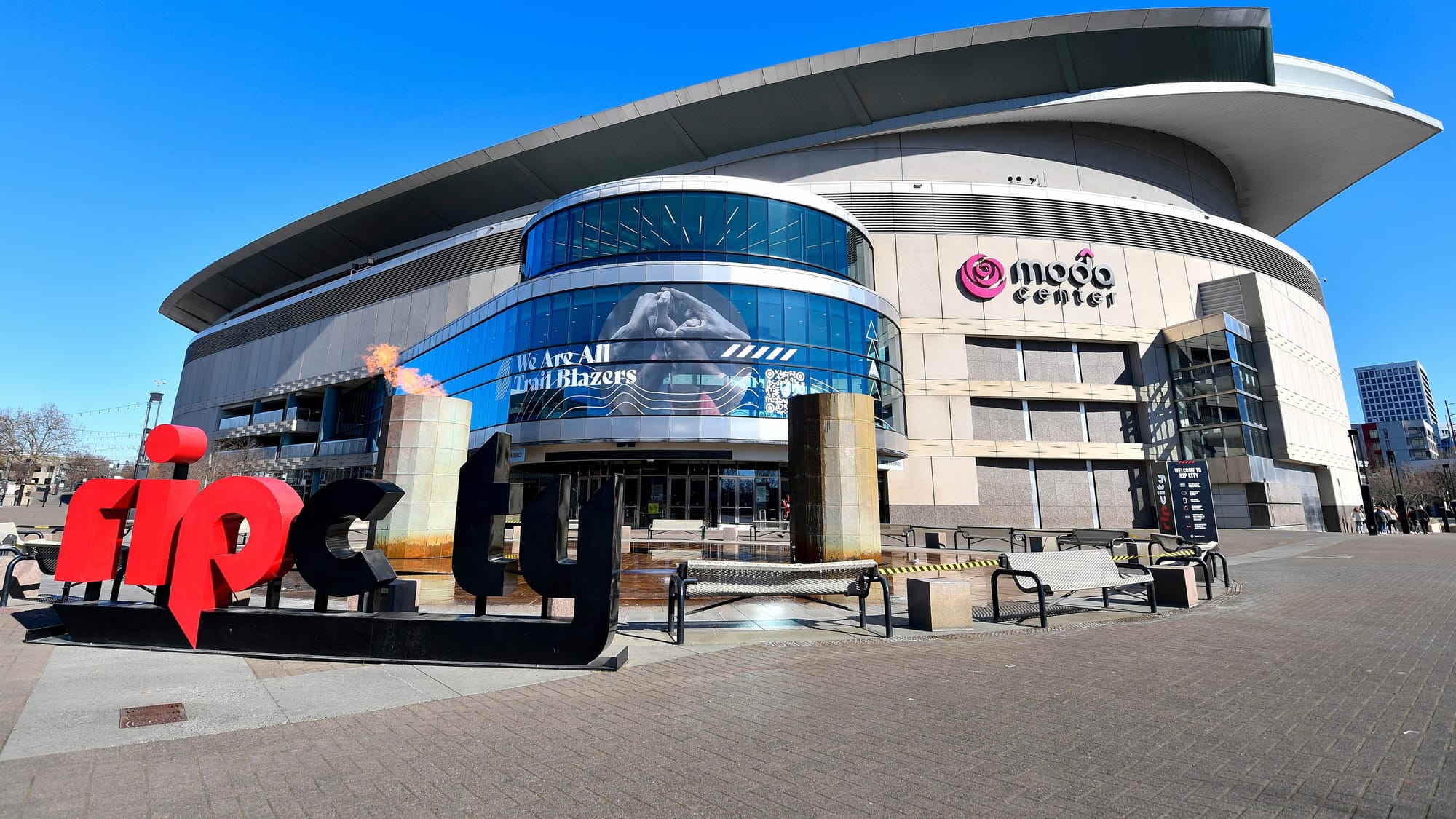
Now that that business is done, here’s everything you need to know about the deal, and what comes next for the Blazers and the future of the arena.
Why did the arena sell for $7.13 million? That seems low
The $7.13 million the city approved on Thursday is not actually the purchase of the arena.
As part of the agreement from February, the Blazers’ parent company, Rip City Management, agreed to sell the arena to the city for $1 (one dollar). The rest of the Rose Quarter campus, including the Veterans Memorial Coliseum and the parking garages attached to the property, were already owned by the city. The Moda Center building was owned by Vulcan and is now owned by the city.
However, there was one parcel of land under the building that was still owned by the Blazers, that used to be a car wash before the arena was built in the mid-1990s. Under the deal from February, the city agreed to buy that bit of land from the team at market price to fully consolidate ownership. The number the two parties landed on as a fair price for that land ended up being $7.13 million.
Now, the city fully owns everything on that property—both arenas and all of the land surrounding them—while the Blazers continue to be responsible for running operations. Doing this accomplishes two things:
- Taking ownership of the arena away from the Blazers saves the team millions in property taxes.
- Investing public money in renovations to a sports arena is a lot more politically viable if the building is owned by the city, who would then reap the benefits of the building, than it is for a privately owned arena.
What is the extent of the public money going toward arena renovations?
Taxpayer money going toward building and renovating sports arenas is a tricky subject. In a lot of cases, it can be viewed as a billionaire extorting a city to build them a new building and taking money away from things that would be much more pressing to spend that money on. In Milwaukee, the city paid $250 million to help build the Fiserv Forum, some of which was diverted from the education budget.
In the case of the Blazers and the Moda Center, that doesn’t appear to be the case. Going back to when the arena first opened, the city collected money from paid parking in the garages at Blazers games, as well as a six percent tax built into the ticket price. During that time, that money has gone toward improving the Coliseum and Providence Park, the two major sports facilities owned by the city. Under the new agreement, that money will now go towards the renovations the Blazers have planned for the next several years.
The Blazers will continue to invest significant money in the project. Under the new agreement approved by the City Council on Thursday, the city’s contributions to the arena updates will not exceed 50 percent of the total costs, and will come entirely from the pool of money generated by parking and the ticket tax.
Essentially, the money the city makes from Blazers games will now be reinvested into the Moda Center. The city will not raise any existing taxes, create any new taxes or take on any debt, and the only money the city contributes will be from that pool.
What are the planned renovations?
Last summer, the Blazers completed the first of three planned summers’ worth of updates to the Moda Center, which as of now is the oldest NBA arena to have never undergone a major update.
That first stage of the renovations focused mainly on upgrading the baseline courtside seats and replacing the steel underneath the lower bowl, which was the same age as the building. It wasn’t a front-facing update.
The next steps will be much more noticeable. They plan to upgrade the video scoreboard and remodel the lower concourse, to bring the arena fully up to the standards of newer buildings that have opened around the league. The Blazers have said in the past that they want to make a bid to bring NBA All-Star Weekend to Portland at some point in the future. These updates would make that more feasible on the league’s end.
The timeline for these updates has yet to be determined. The Moda Center is set to host the NCAA Women’s Final Four in 2030, so that’s a rough target date for everything to be done by. The project could start as early as the summer of 2026, once the city and team complete the next step of working out a long-term lease to keep the Blazers playing at the Moda Center for decades to come.
What’s going on with the long-term lease?
The Blazers’ original lease for the Moda Center was a 30-year agreement that was set to run out in October of 2025. The team had until this coming October—one year before that expiration date—to make a decision on an option to renew the lease for an additional 10 years.
Rather than pick up that option, the team and city agreed to split it up into two separate five-year agreements: the one that was just approved by the city this week, and a team option for an additional five years. That second five-year extension will only come into play if, five years from now, the Blazers and city still haven’t agreed on a new long-term lease. Both parties are hoping to have that done well before then.
The sooner they get the long-term lease wrapped up, the sooner they can get started on the renovations, which are part of a bigger plan to develop the Lower Albina neighborhood around the arena, in collaboration with Albina Vision Trust.
Last week, the team and AVT announced the Albina Rose Alliance, a partnership whose goal is “to support community-led restorative development efforts in the Albina neighborhood.”
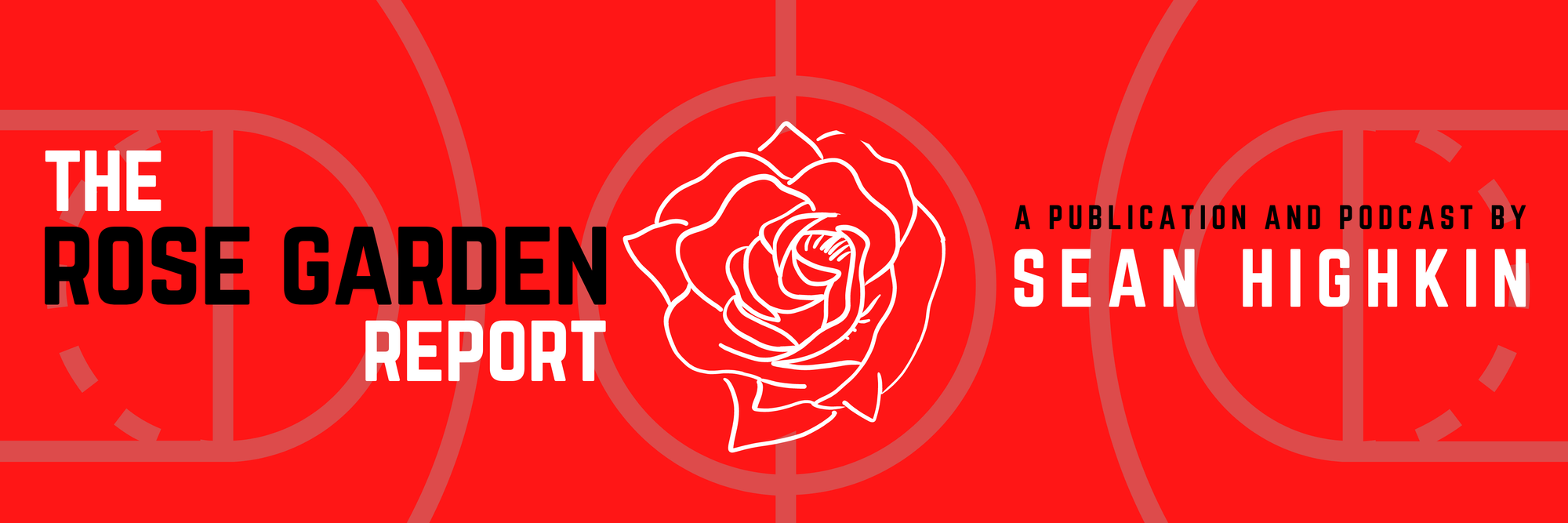
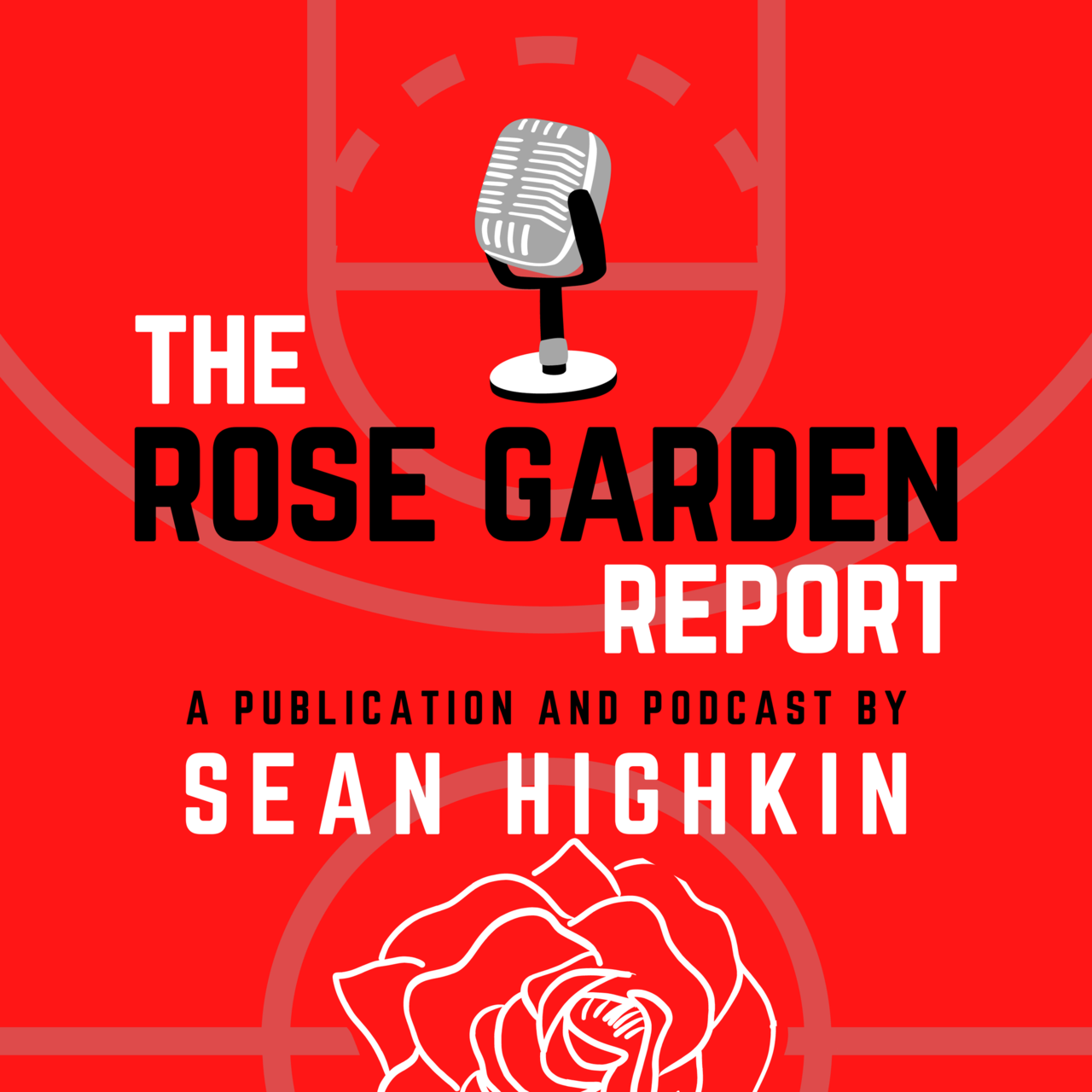
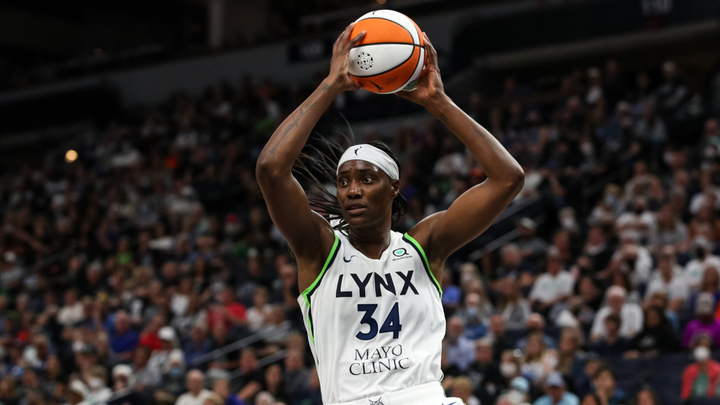
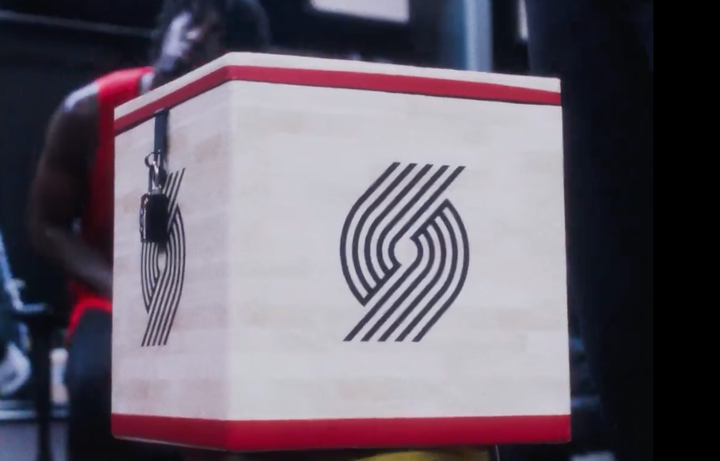

Comments ()